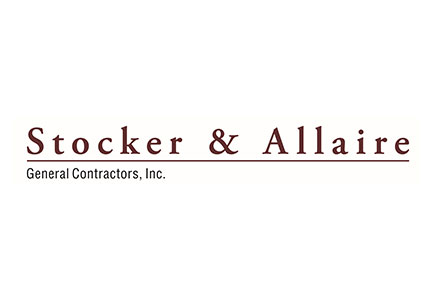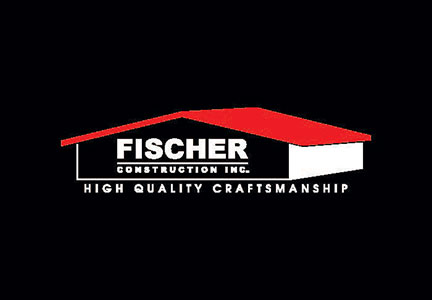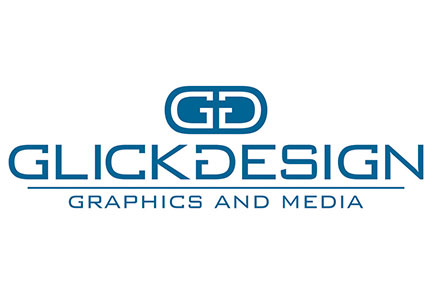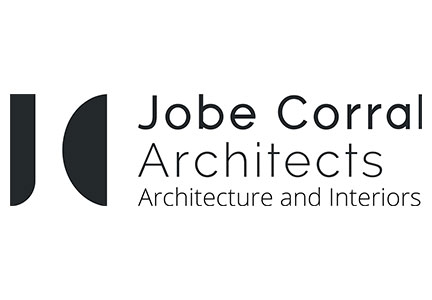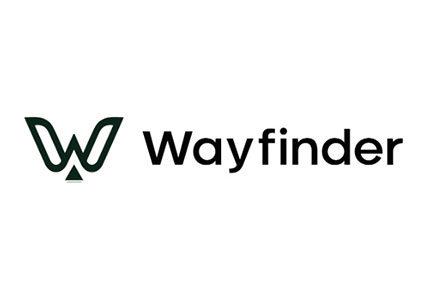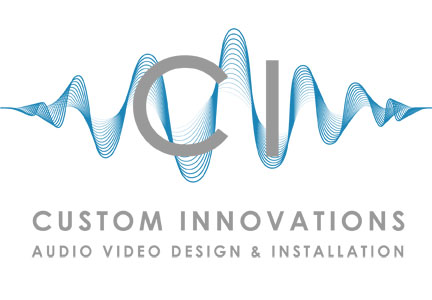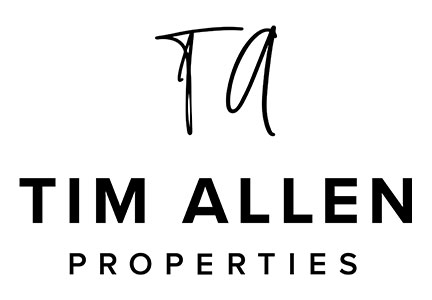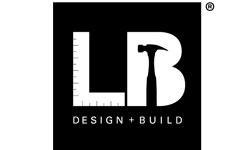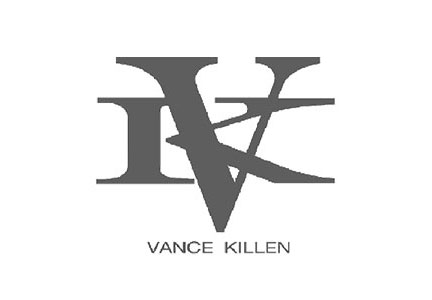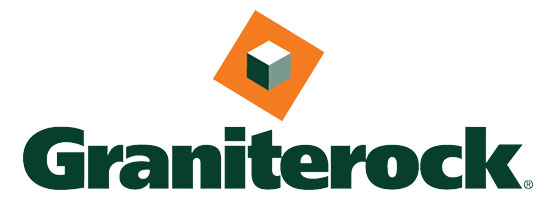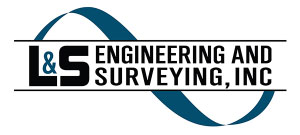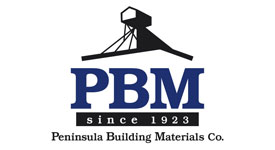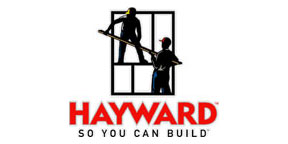2023 AIA Monterey Bay Design Awards – Submittal Process, Judging Criteria, and Submittal Requirements
The following document outlines how to complete the steps to submit a project for the AIA Monterey Bay Design Awards.
Eligible Architects and firms are current AIA Monterey Bay Members, Associate Members, and Affiliate Members. Affiliates outside the tri-county area must have been in good standing with AIA Monterey Bay for the last two years.
Eligible projects must be completed within the last five years, or ten years for the Designed But Not Built Category. Previously submitted projects which did not win an award may be re-submitted.
Registration deadline is September 29. Submittal deadline is October 18, 2023.
For questions regarding submitting to the Awards, please contact: Polly Osborne, FAIA at [email protected].
SUBMITTAL PROCESS
- Review the Eligibility Criteria. Determine the Category that you want to use to submit your project.
- Register on the AIA Monterey Bay website, aiamontereybay.org, or by clicking the Register Here button below, by September 29.
- Submit your project narrative, submittal package in pdf. format, and three images that may be used in the printed brochure by clicking the Submit Here button below.
After your online submission is made, changes or modifications are not possible. Please review the Submission Guidelines carefully before submitting.
CATEGORIES
- Non-Residential New Construction
- Non-Residential Remodel
- Residential New Construction
- Residential Remodel
- Historic Renovation/Restoration
- Designed But Not Built
Judging Criteria:
Architecture Award entries will be judged by measuring the architect’s performance against each project’s stated intent and perceived potential, and not in competition with each other. Thus, projects of any type or budget can receive awards based on the built outcome. The jury process is blind, and the identities of the designers and team will be hidden from the judges.
Entries will be judged on architectural design quality, design challenges met, originality of design solutions, regional appropriateness, value to the community, and site and environmental sensitivity. Special attention will be given to a project’s relationship with its surrounding context and innovative design of climate action and criteria in the COTE “Framework for Design Excellence.” To that end, use of the COTE “Common App” is encouraged for technical review, but not required.
Note: The Common App is being adopted by numerous chapters as a way to technically rate environmental performance. It is required at the national level for the COTE awards. https://aiacalifornia.org/design-awards/
SUBMITTAL MATERIALS REQUIREMENTS:
1. Submission Summary Page, in .pdf format, including:
I. Project name
II. Location
III. Approximate date project was completed
IV. Submission category
V. Project size in square feet
VI. Approximate construction cost (if applicable)
VII. Architect(s)
VIII. Photo Credits
IX. Listing of Key Consultants
2. Written Project Narrative (500 word maximum): Address the architectural design concept and project challenges. This includes, as appropriate per project: approach to architectural design, originality of solution, use of materials and aesthetics; approach to site, landscape, and context. Discuss sustainability strategies, overall environmental impact and sensitivity. Include the project site, square footage, and “Common App” data, Energy Use Index, or at the very least, percent of performance above Title-24 for the judge’s reference.
3. One .PDF File, not to exceed 25MB and 20 pages. The pdf is to contain all images, diagrams, and plans. Preservation and restoration projects may add an additional two pages (not to exceed 22 pages total for this upload) to provide the jury with sufficient information to differentiate between the original architects’ work and the newly altered, preserved, or restored work.
No firm or author’s information is to appear on this file, or the images contained in it.
The PDF must contain the following, in no specific order:
Scaled site plan showing the following site conditions:
•orientation of building on site,
•prominent site features including slopes, type of landscape, views, etc.
• property lines (not required for Interior remodels)
Building plans, orthographic architectural plans with dimensions and North arrow
Building elevations, orthographic architectural elevations
Building Sections
Site sections (Not required for interior remodels.)
Use a consistent horizontal format throughout the submission (for computer screen viewing.)
Keeping to the maximum page limit, the following items may be added:
- Conceptual diagrams: as applicable (limit 3 pages); design concept diagrams to reinforce the objectives as outlined in the narrative, used to evaluate the success of the project based on designer’s intent
- Diagram or image showing the site in the larger setting-urban, suburban, or rural
- Rendered drawings as appropriate
- Photography of the project, up to twelve images, numbered in order of importance. Please submit separately with your submission form three images that may be included in the printed brochure.
- Composite pages are acceptable
- Include only high-resolution images
- Text/notes on images/drawings are allowed but shall be concise
- Renderings need to be labeled as such, in particular those that may represent unbuilt elements of the project
- No video files or animations will be accepted.

